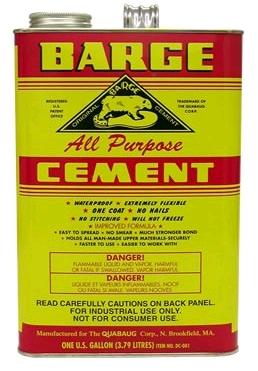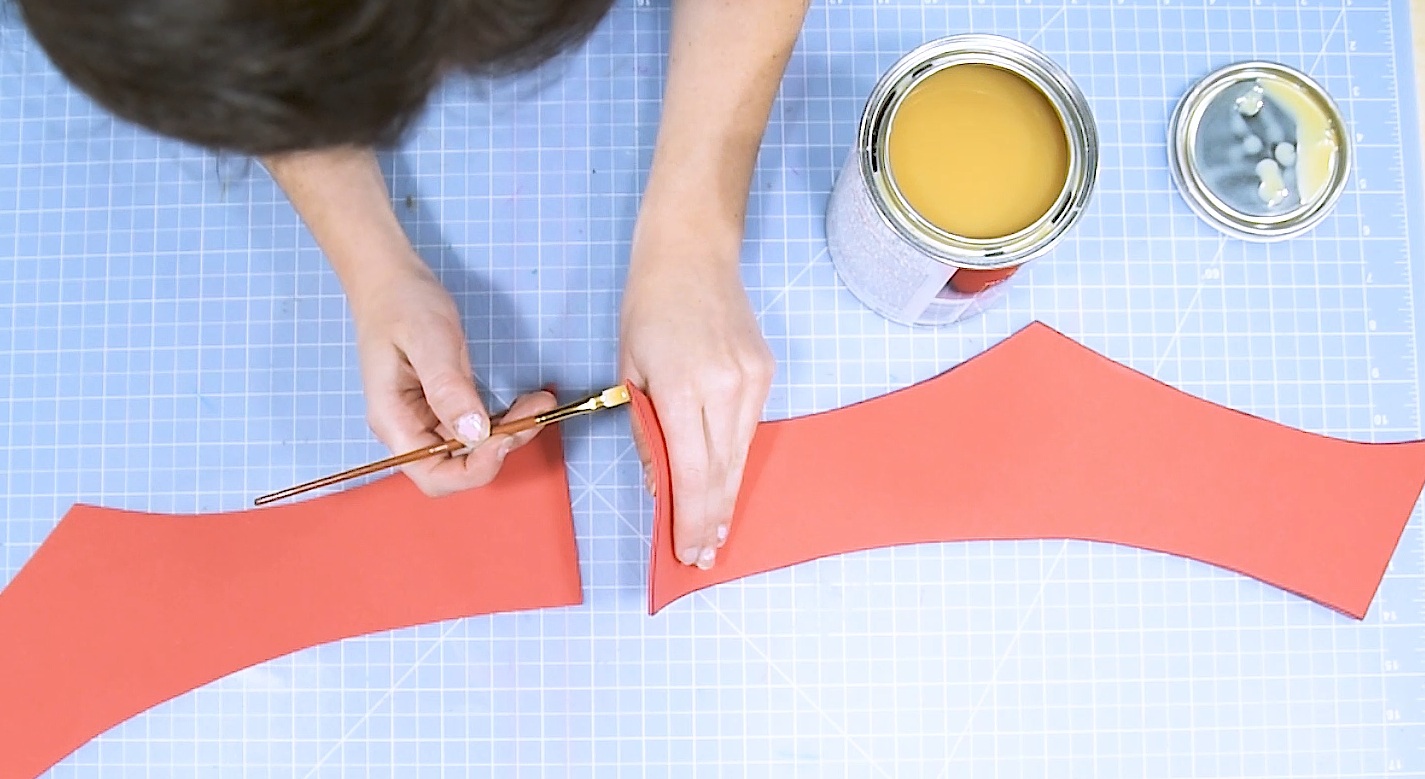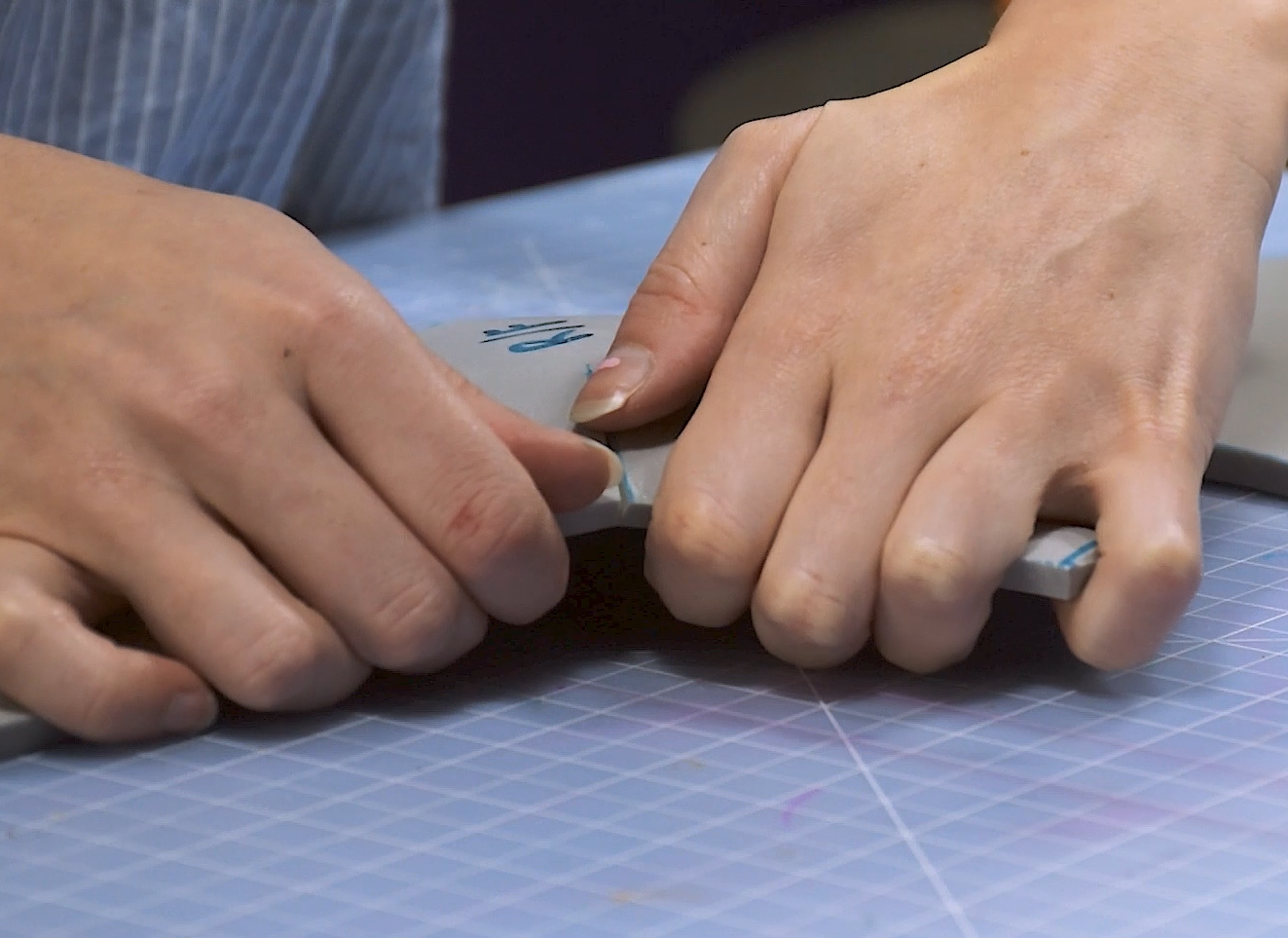Cosplay is an intense art; that’s not up for debate. While the most experienced cosplayers might sculpt their cosplays and props from expert materials like metal and wood, even beginner and intermediate cosplayers will dabble in some pretty serious craft supplies that use heat or chemicals to do the job. One of the most intense adhesives of them all is contact cement, which uses chemical solvents that, when handled correctly, can deliver one of the strongest bonds you could ever need from a glue.
In this post, we’ll give you a proper introduction to contact cement, when it’s best to use, and the benefits of working with this extremely strong adhesive.

What is Contact Cement?
Contact cement (also known as contact adhesive or sometimes referred to generally by popular brand name Barge) is basically rubber cement times ten in terms of adhesive power and composition. Actually, contact cement is a neoprene rubber adhesive. That means it’s made with a synthetic rubber that permanently bonds when the solvents it’s dissolved and suspended in evaporate. Those solvents can include acetone, toluene, and hexane, so you can image why contact cement is known for its toxicity. Technically speaking, contact cement doesn’t “dry” like other other glues; the rubber is already dry and adheres to itself when the solvents are evaporated, which is why its bonding power is so strong.
Contact cement is considered a construction-grade product that is typically used in applying laminate or metal flashing to building projects. It’s sold in a can, sometimes with a brush included in the lid, and it can be a little dangerous if not handled carefully. However, many cosplayers rely on contact cement as one of their favorite adhesives because of its amazing adhesive properties. As long as you’re careful, you shouldn’t worry too much about working with contact cement.
Applying contact cement is a fairly easy process. To use, you’ll coat BOTH surfaces you’re sticking together with the adhesive fluid using a brush. Depending on the size of your surfaces, you’ll want to wait about five minutes for the glue to almost “dry down” to the point where it won’t stick to a piece of paper. Then, after carefully lining up your surfaces, you’d press both sides firmly together for a permanent hold. The rubber polymers will join together, and you won’t have to worry about those pieces coming apart. Ever.
Best Uses for Contact Cement in Cosplay

While contact cement is technically multi-use, it may be a bit overkill to use on every part of your cosplay. However, this adhesive is a good choice for heavier materials and for building the base of your cosplay or prop that absolutely need a powerful hold. Here are a few of the best uses for contact cement in cosplay overall:
- Contact cement is by far the top choice for joining pieces of EVA foam, especially for armor, mech suits, and props. While other adhesives can slip and slide around on EVA/craft foams, two pieces of foam that are contact cemented together will not come apart.
- You can also use contact cement to glue layers of foam together to create a thicker sheet of foam. If the foam you have isn’t thick enough for the piece you’re making, you can easily stack them with layers of contact cement in between.
- Because it bonds so durably, contact cement is great for heavy materials like wood and metal.
- Additionally, contact cement can potentially work for heavy leathers.
Benefits of Contact Cement Adhesive

So what makes contact cement such a widespread favorite in the cosplay community? There are several advantages to using contact cement over other adhesives, especially when it comes to EVA foam in particular. Of course, the main benefit of using contact cement is the strength and reliability of its adhesion. It won’t reactivate in heat, peel apart, or pop at the seams, pretty much no matter what you put it through. Your foam will rip before the adhesive lets go. You can rely on it for permanent bonding.
Additionally, contact cement is pretty cost-effective. While one can will generally be more expensive than many other adhesives, that can will last you a long time because you only need to brush on a thin layer one time to get the hold you need. With a brush, you can also be very precise with your application on both large and small surfaces, leading to a professional finished look along the seams of your cosplay. Contact cement generally won’t gush out of your seams unless you use way too much.
Finally, contact cement’s properties make it easy to shape. For one thing, since it’s made primarily of rubber, contact cement is flexible despite how strong its adhesive power is. After you contact cement your foam, for example, you can still bend and shape the foam using a heat gun without your seams coming apart. You can also move in your foam armor without worrying about the adhesive coming loose. Additionally, contact cement can can be sanded at the seams for a smoother surface without gunking up your sandpaper or belt sander like hot glue would. Finally, because contact cement is already “dry,” it bonds practically instantly.
Contact Cement Safety

The biggest disadvantage you’re working against when you use contact cement is the toxicity of both the solvents and the fumes they produce. While contact cement is really convenient to work with in many ways, the main reason why you should consider how and when you’re using it is because you can’t just pull out your can and start brushing it on. In order to use contact cement safely, you’ll need to do some safety prep first as well as work with a degree of patience.
When using contact cement in any capacity, you NEED proper ventilation. Not only is the smell pretty overpowering, it’s just bad for you to breathe in, health-wise. You should always apply contact cement in a well-ventilated area or outside, or you should use a respirator mask to protect yourself from the toxic fumes. Additionally, contact cement can be a skin irritant if it comes directly into contact with your skin. If you’re careful, you should be able to avoid skin contact, but you can choose to apply contact cement with gloves on; that way, you can easily peel them off and throw them away when you’re done. Additionally, be careful not to touch your face or body while you’re working with it.
While contact cement can sound a little scary, as long as you’re careful and conscious of your safety, you should have no problem using it in your cosplays or prop builds. The warnings on the label look intense, but with some common sense, you can use contact cement effectively to totally upgrade your process and get all those benefits that make it a crowd-favorite adhesive.